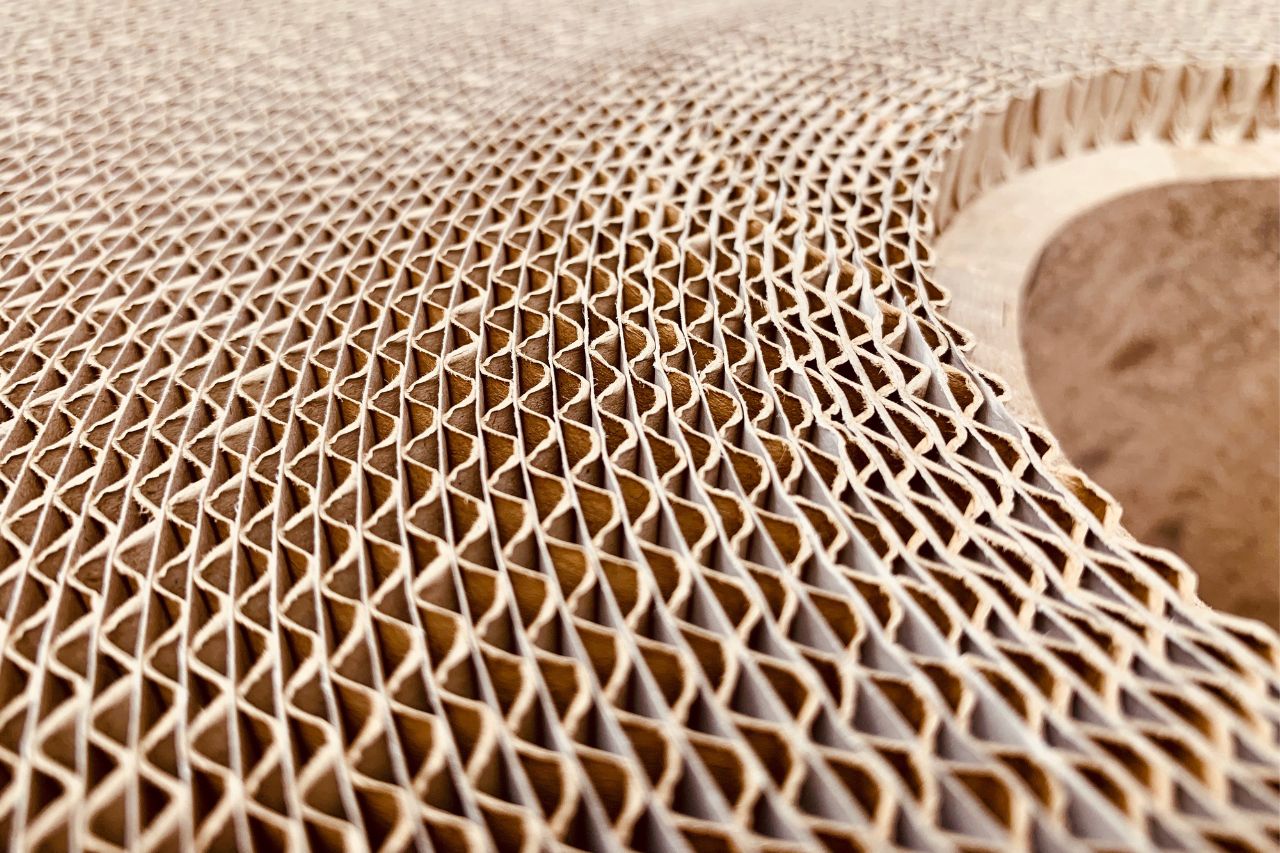
24 Oct 5 Types of Packaging Materials to Consider
How to Choose Between These Types of Packaging Materials
When it comes to packaging, choosing the right materials is crucial for protecting your products and delivering a positive customer experience. At Albert Paper Products, we understand the importance of selecting the most suitable packaging materials for your specific needs. We have a variety of different packaging materials, and are here to break them down and provide guidance on how to choose between them.
1. Tan Bending or Plain Chip Tbc
Bending or Plain Chip TBC (Thermal Barrier Coating) is a type of packaging material commonly used in the semiconductor industry. It consists of a thin layer of thermal barrier coating applied to a substrate, usually made of ceramic or metal. However, our uncoated material is made from 100% recycled fibers. The purpose of using Bending or Plain Chip TBC packaging material is to provide insulation and protection for sensitive electronic components, particularly during high-temperature processes. An additional pro to using this material is that simple graphics can be printed on it.
Overall, Bending or Plain Chip TBC packaging material is an excellent choice for packaging components that require thermal insulation, stress relief, electrical insulation, and chemical resistance. Its ability to provide a protective barrier against heat and other external factors helps to ensure the reliability, performance, and longevity of sensitive electronic devices.
2. SBS Solid Bleached Sulphate
Solid Bleached Sulphate (SBS) packaging material is a type of paperboard commonly used for packaging food, health, and cosmetic products. It is a white sheet front and back, that contains 100% virgin fibers. This sheet has a smooth coating that allows for complex graphics to be printed on it. SBS packaging material is valued for its strength, durability, printability, barrier properties, versatility, and sustainability. Its ability to provide protection, showcase attractive graphics, and adapt to various packaging formats makes it a popular choice for packaging a wide range of products.
3. Clay Coated News & Kraft Back CCNB or CCKB
Clay coated news (CCNB) and kraft back (CCKB) packaging material is another type of paperboard that is commonly used. It consists of three layers: a top layer of clay-coated newsprint, a middle layer of recycled paper, and a bottom layer of kraft paper. The clay-coated newsprint layer provides a smooth and consistent surface, which is ideal for high-quality printing. It allows for vibrant colors, sharp images, and clear text on the packaging, enhancing the visual appeal and branding of the product.
CCNB & Kraft Back packaging material combines printability, strength, versatility, sustainability, and cost-effectiveness. Its ability to deliver excellent printing results, provide protection, adapt to different packaging formats, and contribute to sustainability efforts makes it a popular choice for packaging various products.
4. Micro Flute Corrugated
Micro Flute Corrugated packaging material is a type of corrugated board that consists of multiple layers of paperboard, with a fluted inner layer and smooth outer layers. It is characterized by its small flute size, typically ranging from E to F flute. Corrugated board comes in many thicknesses but there are special ones that are used to create folding boxes. These materials provide the strength and ability to be stacked of a corrugated package but with the high-quality graphics more typical of folding cartons. Micro-fluted board can also be used for cosmetic liners.
5. Glass
At Albert Paper Products, we do not offer glass as a packaging material even though it is known for its premium look, durability, and ability to preserve product quality. There are downsides to choosing glass as a packaging material like how it may require addition protective measures, such as cushioning or inserts. Glass is extremely fragile and too risky of a material to use consistently. That’s why we offer several other materials as an alternative option.
Choosing Between Packaging Materials
To choose the most suitable packaging material for your products, consider the following factors:
- Product Characteristics: Assess the weight, fragility, and sensitivity of your product to determine the level of protection required.
- Environmental Impact: Consider the sustainability goals of your business and opt for materials that are recyclable, biodegradable, or made from renewable resources.
- Budget and Cost: Evaluate the cost of different packaging materials, including production, transportation, and disposal costs, to ensure they align with your budget.
- Brand Image: Select packaging materials that align with your brand’s image and values. Consider how the material choice will impact the perception of your product and brand.
- Regulatory Compliance: Ensure that the chosen packaging materials comply with relevant industry standards and regulations, especially for food or pharmaceutical products.
Multiple Materials to Choose from with Albert Paper Products
Selecting the right packaging materials is a crucial decision that can directly impact product protection, customer experience, and brand reputation. Consider the unique characteristics of your products, environmental considerations, budget constraints, and branding requirements when choosing between packaging materials.
At Albert Paper Products, we offer a wide range of packaging solutions using various materials to meet your specific needs. Contact us today and trust in our expertise to deliver high-quality packaging that ensures product integrity and enhances your customer’s experience.

